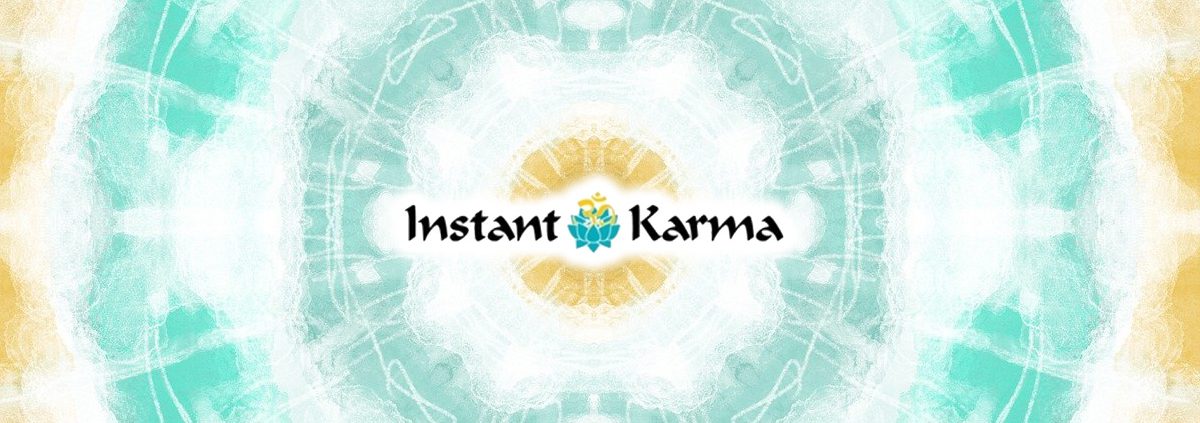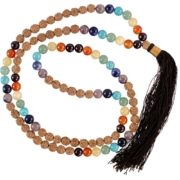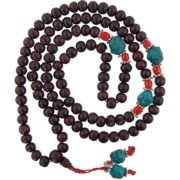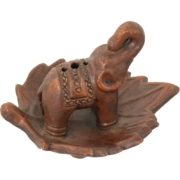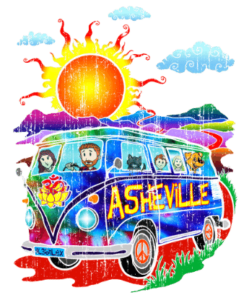Celtic Products and Celebrations
There are many ancient Celtic festivals and traditions. Although many of the customs have changed, the roots of the traditions lie in ancient Celtic history. Samhain is a great example – once a celebration of the harvest and a time used to pay reverence to the dead, the modern “Halloween” takes some of it’s customs from the original festival.
Children going door to door was done even in ancient times. Back then, the children would offer prayers for the deceased in exchange for sweet cakes. In many Pagan circles, Samhain is still considered one of the most sacred of yearly celebrations. A time to give thanks for the bountiful harvest and prepare for the winter months.
Here is a list of Celtic celebrations and their meanings.
Ostara
This Spring celebration has a traditional date of March 21. It marks the Vernal equinox, where night and day are equal. It is held on the first day of Spring and honors the time of planting and rebirth. This is the holiday that eventually evolved into Easter. Ostara is a time of preparing for the growing season ahead and for praying for an abundant crop.
Beltane
This celebration is on or around May 1st and marks the half-way point between the Vernal equinox and Summer solstice. It is the exact opposite day of Samhain. Known as the “fire festival”, in ancient times, fires were built and people walked between them as a rite of purification. The word Beltane means “bright fire”. This is the holiday that evolved into May day. Celebrations with ribbons and candles are used to pray for growth.
Litha
Litha is the Summer solstice. It occurs in late June and marks the longest day of the year. It is a time to celebrate the Sun and give thanks. It is also traditional to gather herbs around this time as they are considered the most potent.
Lammas
This festival has a traditional date around August 1st. It marks the halfway point between Summer solstice and the Fall equinox. It is the first harvest festival and honors the decline of summer and approach of the coming Winter months. It is a time to focus on release – letting go of anything that doesn’t serve you.
Mabon
This festival happens in late September during the Autumn equinox, when once again, day and night are equal in length. It celebrates the harvest and is a time for giving thanks. During this festival, focus is placed on learning new things and repairing what is broken.
Samhain
This festival is held traditionally from October 31 – November 1st. It is the largest of the Fall festivals and marks the beginning of the dark half of the year. It is the Celtic New Year’s Eve and involves the “feast of the dead”, to honor one’s ancestors who have passed. Ceremonies involve the lighting of fires for purification rituals and leaving offerings for passing spirits. This is the festival that evolved into All Souls Day, Halloween and the Day of the Dead.
Yule
The traditional timing of this festival is on our around December 21st. It is what eventually evolved into Christmas. It marks the Winter solstice, the longest night of the year. It is a time to celebrate the return of light after a long period of darkness. It is a celebration of renewal where prayers were offered by the ancients in the hope of light returning. At this time, what was left of the previous season’s harvest would be shared and Yule logs would be lit to ensure a source of light for the dark winter days.
Imbolc
This festival occurs on or around February 2nd and marks the midpoint between the Winter solstice and Spring equinox. It is a time of purification with water and fire rituals. It evolved into Groundhog day and Candlemas, the Christian holiday that marks 40 days after the Nativity.
Imbolc is a time for gathering more firewood and replenishing supplies for the rest of winter while preparing for Spring. In old traditions, this was the day Cailleach, a Gaelic Goddess would emerge to gather firewood. It was said if it was sunny, she could gather more wood so winter would be longer, but rain would signify a quick return to Spring.
You can honor these historic traditions also by incorporating Celtic designs into your décor. Liven up any wall space with wall tapestries featuring beautiful Celtic knot designs or prayers. The designs are vibrant and beautiful.
There are exquisite jewelry pieces that incorporate Celtic designs. Celtic knots and triquetra designs are intricate and detailed. Our embossed earrings and pendants are unique and gorgeous.
Add some fun to your space with Faerie décor. These sweet creatures have their origins in Celtic legends and lore. Faeries are said to enhance our sense of self and give us the courage to live honestly and be who we are.

